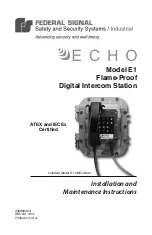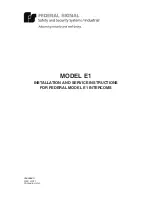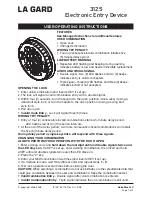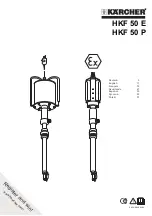
Chapter 3
Signal Connections
3-10
www.natinst.com
All other pins are not connected.
The signals on the rear connector can be classified as analog output signals,
digital I/O signals, or timing I/O signals. Signal connection guidelines for
each of these groups are given in the following section.
Analog Output Signal Connections
Pins 1 through 19 of the rear connector are analog output signal pins. Pins 1
and 2 are AOGND signal pins. AOGND is an analog output common signal
that is routed through jumper W46 to the analog reference on the
SCXI-1120/D. You can use these pins for a general analog power ground
tie point to the SCXI-1120/D if necessary. In particular, when using
differential input DAQ devices, such as the MIO-16 device, it is preferable
to leave jumper W46 in its factory-default setting or in position AB-R1 to
avoid ground loops. With DAQ devices that are configured for RSE
measurements, jumper W46 should be in position AB-R0 to connect the
SCXI-1120/D analog ground reference to the DAQ analog ground. Pin 19
is the OUTREF pin, and is connected internally to the analog reference
when jumper W46 is in position AB-R2. Pins 3 through 18 are the analog
output channels of the SCXI-1120/D. Pins 3 and 4, or MCH0±, are a
multiplexed output of all eight channels and the temperature sensor output.
Pins 5 through 18, or MCH1± through MCH7±, are a parallel connection
of channels 1 through 7 to the rear connector. Pin 18 is a direct connection
to the temperature sensor when jumper W41 is in position 3. Notice that the
temperature sensor is located on the terminal block. For further details on
configuring the temperature sensor output, refer to the SCXI-1320 and
SCXI-1328 terminal block installation guides.
Note
The SCXI-1120/D analog outputs are short-circuit protected.
















































